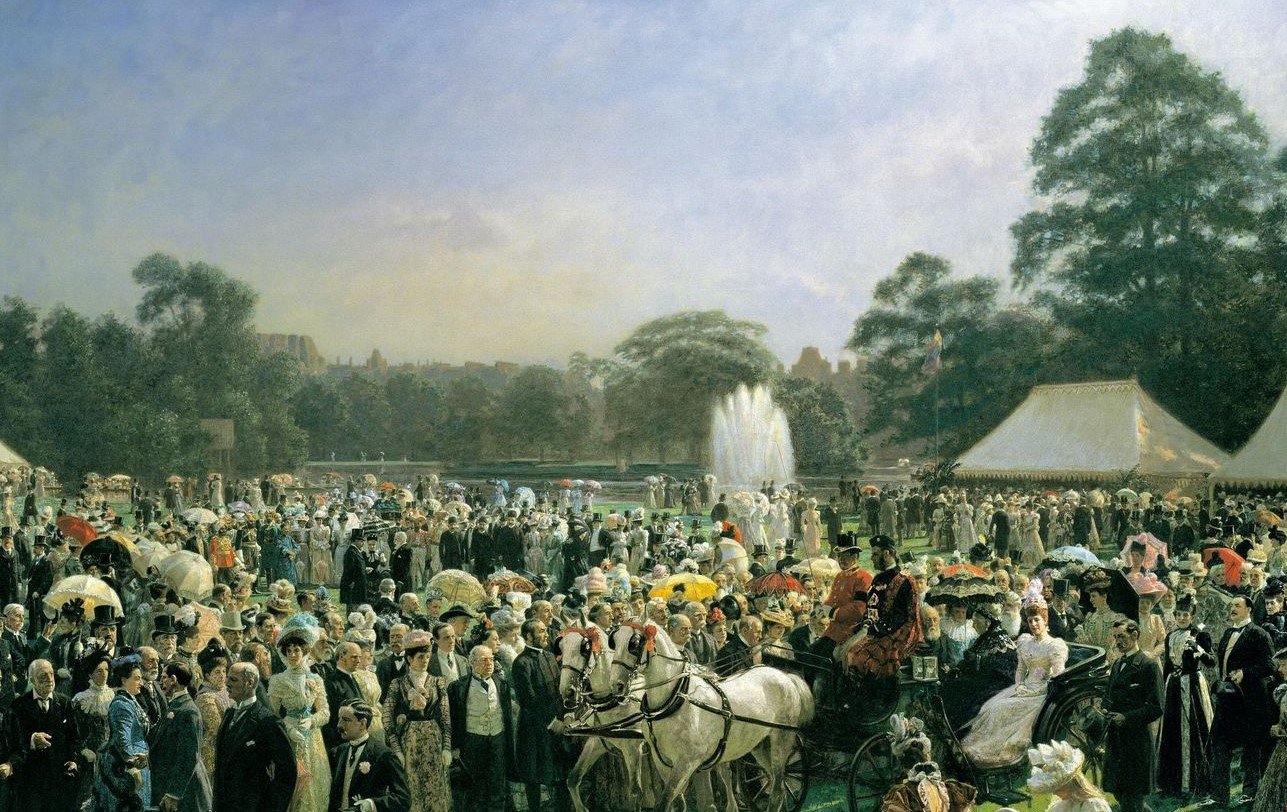
Royal Gardens
Depictions of the gardens at Windsor Castle and other royal residences
Polyhedral sundial
1633RCIN 44869
One of the most enduring items found in the gardens at the Palace of Holyroodhouse is the polyhedral sandstone sundial. Carved in 1633 and presented by Charles I to his queen Henrietta Maria, it was placed in the centre of the King’s Garden at Holyrood. This gift coincided with Charles I’s Scottish Coronation at the Abbey of Holyrood.
Its head contains twenty dials with metal gnomons (the part of a sundial that casts a shadow), carved as spheres, semi-circles, or onto the surface, set on a lead fixing above a stone pillar and stepped pedestal. The mason, John Mylne, commissioned specialists to undertake ‘the working and hewing the dyell in the northe yard with the pillar stapis degris [steps] and fundatioun thairof’. The total cost to the Crown, which included the masonry, metalwork, gilding and painting of the dial, was £408 15s 6d. Although not the first sundial installed in Edinburgh, it is an early and large survivor of a pioneering and particularly Scottish polyhedral type, which would be installed in the new gardens of Scottish castles and country houses for the next few decades.
The making, engraving and gilding of the dial was undertaken by John Barton. The Office of Works gave him ‘Twa rosnobillis [rose nobles, a defunct Dutch coin] and ane halff to gilt the dyell’; the coins were beaten into leaf for application onto the gnomons and possibly to mark the carved dials. The faces under the dial include the ciphers of Charles I, and for his eldest son, later Charles II. There is also a MR cipher, which led to the dial being known colloquially as Queen Mary’s Dial from the early eighteenth century; this name may also have been part of the efforts of the dukes of Hamilton to imbue a sense of Marian romance in the garden. The MR may refer to Mary, Queen of Scots, but her cipher was given no more prominence than that of Charles I. The dial was installed in the centre of the palace’s privy garden, signifying the site’s importance. Similarly complicated dials had been installed in Charles I’s private garden at Whitehall Palace, but these do not survive.







